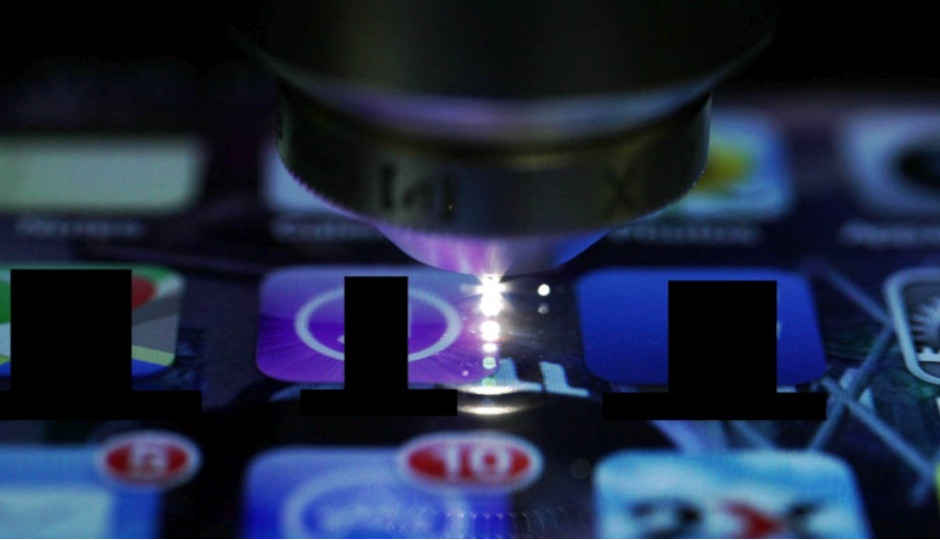Researchers embed transparent sensors into a Corning Gorilla Glass panel
This experiment could make way for touch devices sporting special sensor on the display panels.

Researchers at a Canadian university have successfully implanted transparent sensors into Corning's Gorilla Glass. This development could help in manufacture of touchscreens with sensory devices. Soon we could have a smartphone with a sensor embedded into its screen!
 Survey
SurveyThis is the first time when sensors have been successfully embedded into a Gorilla Glass panel. The researchers say that Corning's product was the best for such an experiment as they were able to have achieved the lowest-measured loss value, fastest fabrication times, and the longest high-quality waveguides of any glass ever.
The researchers used optical waveguides to throw photos through the glass panel instead of using electricity through wires.
Raman Kashyap, a professor of electrical engineering at the Polytechnique Montreal in Canada, says "it should be possible for manufacturers to begin building this technology into smartphones within a year with “focused development.” We are actively looking to partner with industry to exploit this technology.”
According to the paper published by the researchers at Optics InfoBase, a sensor was passed into the scratch-resistant glass for the first time. They also say that it took 10 seconds to write sensors into the glass using waveguides.
The researchers also found a way which would ensure that a phone isn't cloned. This was made possible by successfully passing a unique waveform into the panel which glows in a unique way when an infrared light is passed through it.
According to PC World, Corning has not given out any statements officially affiliating itself to the experiment despite having its own researcher Ming-Jun Li as part of the team that carried out the experiment.